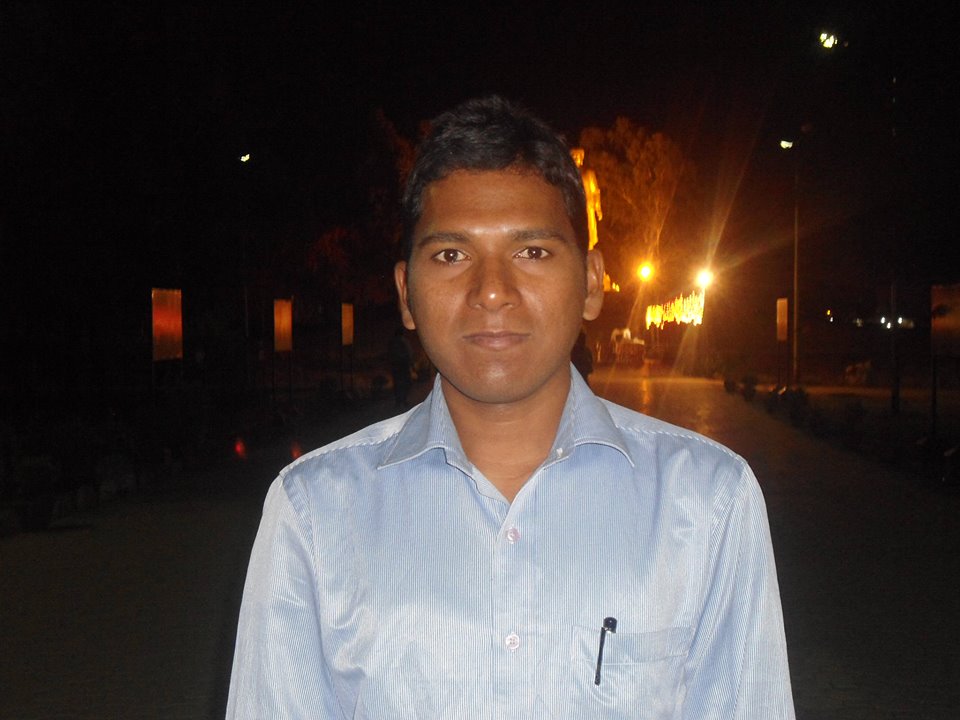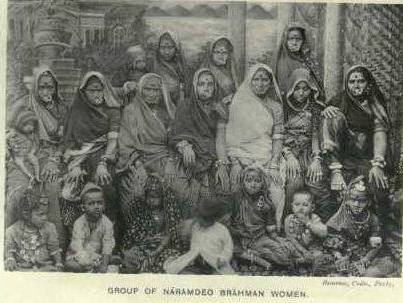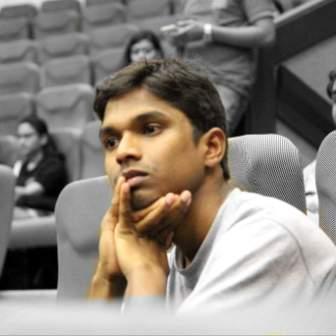Jadumani Mahanand
 The present presidential candidate nominations shows how “Dalit as a subject” has become an instrument of power for the upper caste political parties. About a decade ago, Gail Omvedt observed that Dalit assertion is a democratic upsurge in Indian society. This emphasis on electoral democracy only sidelined the Dalit movement. And evidently, in contrast, Dalits still remain to be a struggling mass. Hardly any justice is served through the state mechanism regarding caste atrocities. Liz Mathew has reported in the Indian Express about “The Dalit Push”– the politicization of Dalit by the upper caste parties in order to secure their own interests. This is apparent in the political vision of BJP. Dalit inclusion in the party is merely a number so as to appeal to the Dalit community to procure votes. This further creates a divide within the Dalit community. I argue here that “Dalit has become a political currency” – to be used, misused and reused in Indian Politics. The question that needs to be addressed here is why is there so much emphasis on Dalit?
The present presidential candidate nominations shows how “Dalit as a subject” has become an instrument of power for the upper caste political parties. About a decade ago, Gail Omvedt observed that Dalit assertion is a democratic upsurge in Indian society. This emphasis on electoral democracy only sidelined the Dalit movement. And evidently, in contrast, Dalits still remain to be a struggling mass. Hardly any justice is served through the state mechanism regarding caste atrocities. Liz Mathew has reported in the Indian Express about “The Dalit Push”– the politicization of Dalit by the upper caste parties in order to secure their own interests. This is apparent in the political vision of BJP. Dalit inclusion in the party is merely a number so as to appeal to the Dalit community to procure votes. This further creates a divide within the Dalit community. I argue here that “Dalit has become a political currency” – to be used, misused and reused in Indian Politics. The question that needs to be addressed here is why is there so much emphasis on Dalit?
Essentially, a Dalit is someone who counters the Hindu Philosophy, who fights against the caste system, so his/her participation in the hegemonic party becomes very crucial. The Dalit community is further divided into Mahars, Chamars, Kolis, Pasis, Balmikis etc., – although not equal in their gradation, they have a similar experience of caste discrimination based on their caste location sanctified by Hindu religion. In this context, it is important to note that BJP is unable to politicize the Mahars, Chamars or the Malas in vast numbers as compared to other Dalit sub-castes. It is observed that in Maharashtra, the Mahars support Congress; in Andhra Pradesh, the Malas support Congress; in Uttar Pradesh the Chamars (and a few other Dalit communities) support BSP. But evidently, BJP is increasingly successful in mobilizing Dalits by targeting the smaller castes of the Dalit community. This appropriation is a selective method not without intent: as persuading the assertive Dalit communities like Chamar, Mahar or Mala is difficult, the smaller sub-castes become an easy approach. This indicates that Dalit movement has not reached the smaller and less empowered sub-castes. This is the reason why Mangs of Maharashtra; Kolis, Pasis, Valmikis in Uttar Pradesh; Keunt (fisherman) in Odisha and other Dalit communities still remain under the Hindu fold.
This appropriation is not merely a political strategy in the electoral politics but is pervasive and dangerous to the Dalit movement. In other words, BJP is distorting the history of Dalit icons, their memory, struggle, and philosophy. A comparative study between Congress and BJP regarding Dalit political autonomy indicates that a Dalit in Congress is more influential than the Dalit in BJP (particularly concerning the education policies and Prevention of Atrocity Act, 1989). Political autonomy of Dalits, in its true sense, has been compromised right since the signing of the Poona Pact with the joint electoral system. In the history of Dalit politics, both Congress and BJP pitch Dalit candidates against autonomous Dalit politics, as they fear an independent Dalit political representation. This is a puzzle in social movements and politics all around the world, for example, the Blacks are being used by Whites as a matter of representation.
This raises an important question – why is the oppressed community taking part in the political game of the oppressor and becoming their “stooge”. Is this ambiguity associated with just a human tendency or is this shift a bolt from many accusations (being labelled as criminal, anti-national, etc.) by the state which targets only the protesters? For instance, Ramdas Athwale from Maharashtra was a part of the Dalit Panther movement, which is regarded as one of the radical Dalit movements in India. He is a member of the Republican Party of India, he fought against the caste system and Hinduism, and same is the case with Udit Raj of Delhi. Udit Raj left Hinduism and converted to Buddhism. What then led to the compromise of this radical potential force? A possible immediate answer would be Brahminism, which is responsible for this moral corruption. A historical example can be given here, how Buddha as a liberative figure is being appropriated. Dalit politics has been grappling with this problem for a long time. This implies that people change their positions in accordance with potential opportunities. But this is a matter of philosophical concern and my only aim here is to point out the consequence of these Dalit leaders surrendering themselves to the upper caste political parties.
The problem of Dalit representation is created by the upper castes. This raises various questions–which direction is Dalit politics moving in and who is a real Dalit? The Dalit subject has become a key force in Indian politics today in order to defeat BJP. BJP claims to be the real Dalit sympathizer with large numbers of Dalit parliamentarians and assembly members. Same was the situation with Congress over the past decade. A real representative of Dalit is the one who consistently fights against injustice and violence when their community is being victimized. A real Dalit representative carries in him an anti-caste resistance, who not only fights against the caste system and oppressive Brahminism but also against patriarchy, class division, and inhumanity. Mere Dalit consciousness cannot provide for real progress as seen in the case of Athwale and Udit Raj. It looks like the Dalit representatives are caught under the pale of Brahminism in the parliament and assembly. These Dalit representatives destroy the Dalit assertion and consciousness as they hardly ever voice against the violence and injustice done to their community.
This is a major drawback of the electoral democracy. Earlier, Brahminism was imposed through forceful regulations and penalties as opposed to the modern democratic setup. Brahminism has now adopted a much-disguised form, a subtle way to re-manifest its hidden agenda through different election strategies, polarizing communities, appropriating icons, etc. The present scenario of Indian politics leaves us with two opposing choices, i.e., Brahminism and Democracy. After about seven decades, people still fail to realize the dangers of Brahminism. The uprising of Right Wing politics is not a one-day product. The consequence is a terrifying Hindutva. Hindutva is a hard manifestation of Brahminism.
Ambedkar had rightly warned us against the menace of Brahminism. But Ambedkar himself has become a political tool in the hands of BJP – his name used only to attract members from different Dalit communities. BJP is trying to erase the memory of Ambedkar’s struggle against Brahminism on which the entire Dalit movement has been built. Dalit representation in BJP creates a divide within the community which is precisely what BJP is aiming for. The present political scenario in India, one camp tries to use Dalit political question to challenge Hindutva politics, on the other side, RSS cadre is being pitched to say that she/he is real Dalit. This is visible in our presidential election. One must notice that to some extent Ambedkar is not relevant to compare with Hindu untouchable identity. Because Ambedkar is difficult to appropriate, but a Hindu untouchable like Ram Nath Kovind is not.
Furthermore, I would say, the Congress, Left and other socialists parties played the card of secularism and could not reject the danger of Hinduism. All these self-proclaimed progressive and pseudo-secular forces happy to be a Hindu –Brahmin or Yadav never question –how RSS/BJP translates Hindu into Hindutva. Even with the presence of Dalit representatives in the upper caste political parties, there is still a rising of Hindutva which only implies that the Dalit subject is nothing more than a political currency in order to acquire seats.
~~~
Jadumani Mahanand is a Ph.D research scholar in JNU.










